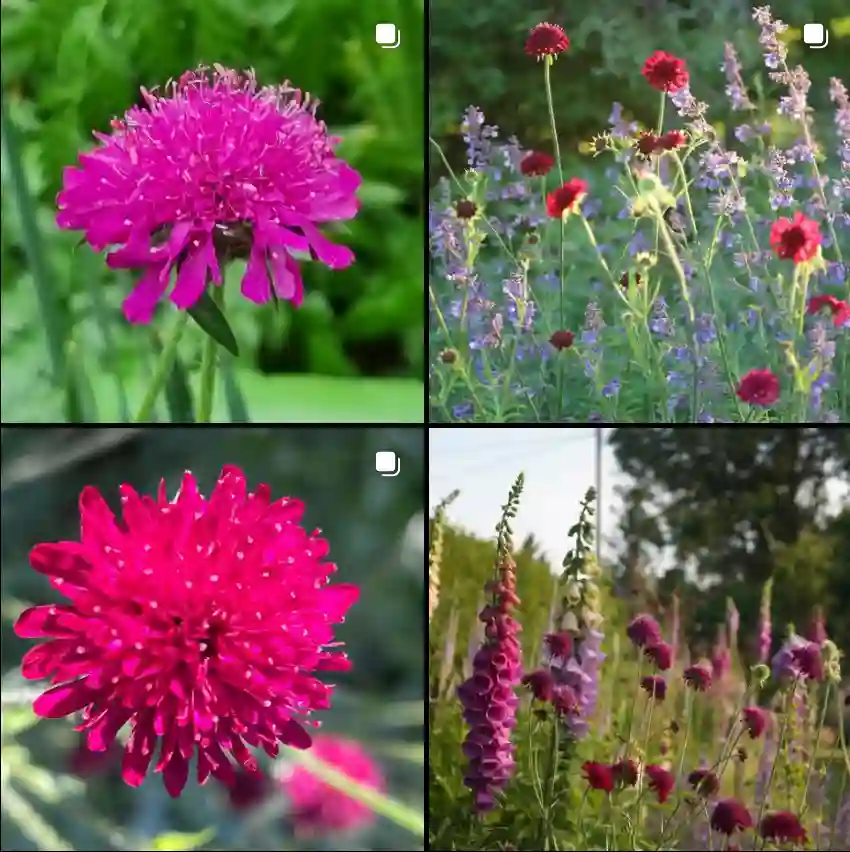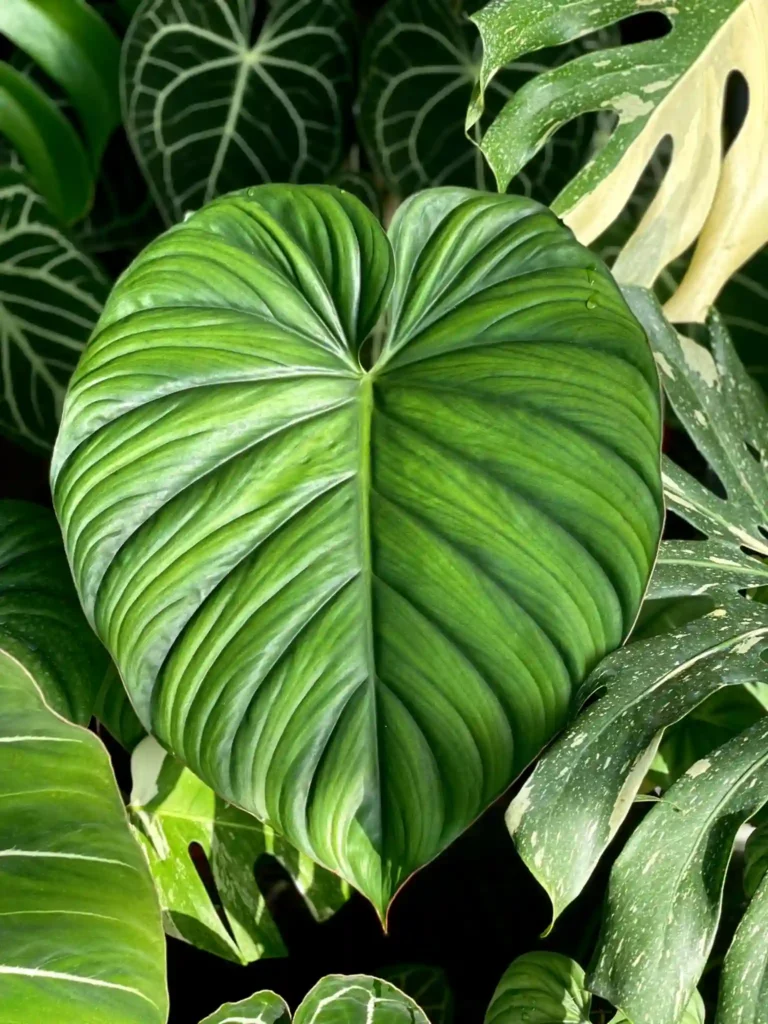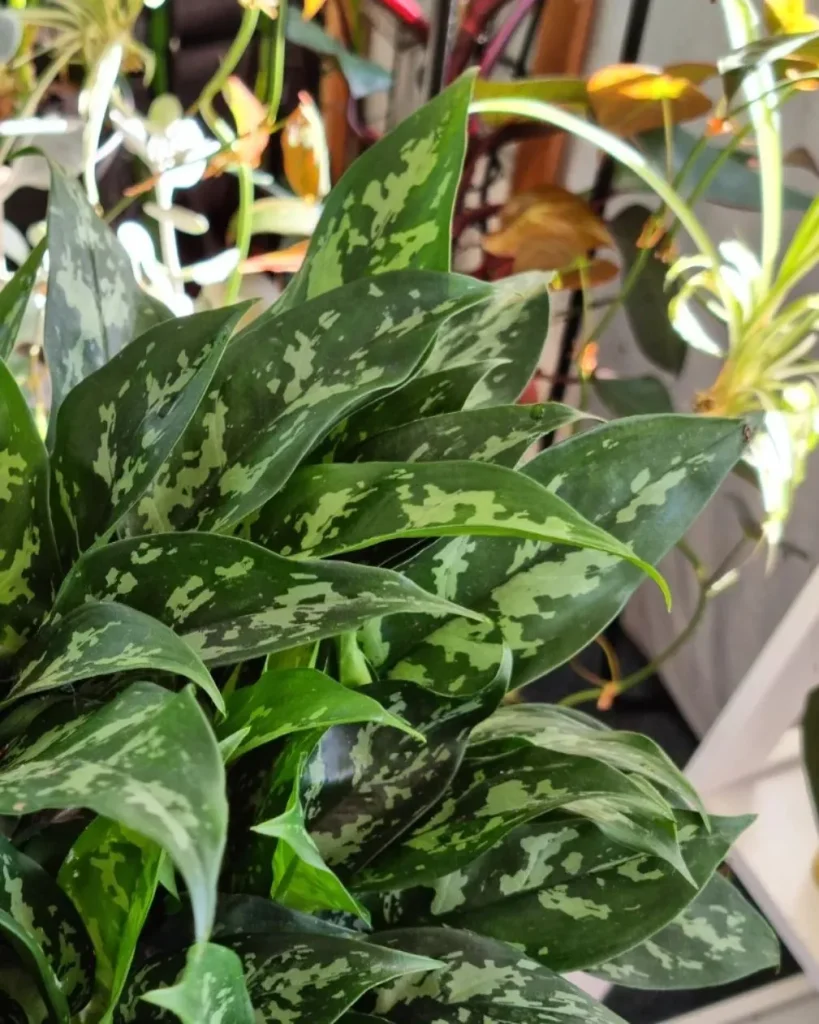Thunbergia Erecta: Your Guide to Growing and Caring for This Vibrant Plant
I’ve been exploring the vibrant world of plants for years, and one species that has truly captured my attention is Thunbergia Erecta. Known for its striking blue or violet flowers and lush foliage, this plant is a favorite among gardeners and plant enthusiasts. If you’re considering adding Thunbergia Erecta to your collection, you might have a few questions about how to care for it, grow it, and more. Let me share some insights based on my experiences.
150 Species in Genus Thunbergia
What Is Thunbergia Erecta?
Thunbergia Erecta, commonly known as the King’s Mantle or Blue Sky Flower, is a fast-growing, evergreen shrub native to tropical Africa. It’s renowned for its vibrant, trumpet-shaped flowers that come in shades of blue, violet, and purple. The plant thrives in warm climates and can add a splash of color to gardens, trellises, and containers.
How to Grow Thunbergia Erecta?
Growing Thunbergia Erecta is relatively straightforward if you provide it with the right conditions. Here’s what I’ve learned:
- Location: Choose a spot that receives full sun to partial shade. In cooler climates, a sunny spot will help it thrive.
- Soil: The plant prefers well-draining soil that is rich in organic matter. A mix of compost and loamy soil works well.
- Watering: Keep the soil consistently moist but not waterlogged. Water regularly, especially during dry periods, but ensure good drainage to avoid root rot.
- Temperature: Thunbergia Erecta enjoys warm temperatures and is best suited for USDA hardiness zones 9-11. It can tolerate some frost, but it’s best to protect it from severe cold.
How to Care for Thunbergia Erecta?
Proper care is essential for keeping Thunbergia Erecta healthy and blooming beautifully. Here are some tips based on my experiences:
- Pruning: Regular pruning helps maintain the plant’s shape and encourages new growth. Trim back any dead or leggy stems to promote a bushier appearance.
- Fertilizing: Feed the plant with a balanced, all-purpose fertilizer every 4-6 weeks during the growing season. This will support its vigorous growth and abundant flowering.
- Pest Control: Watch out for common pests like aphids and spider mites. Treat infestations promptly with insecticidal soap or neem oil.
How to Propagate Thunbergia Erecta?
Propagation of Thunbergia Erecta is quite rewarding. Here’s a step-by-step guide that has worked well for me:
- Cuttings: Take 4-6 inch cuttings from the tips of healthy stems. Remove the lower leaves and dip the cut end in rooting hormone.
- Planting: Plant the cuttings in a pot with a well-draining rooting mix. Keep the soil moist and place the pot in a warm, bright location.
- Rooting: After a few weeks, the cuttings should develop roots. Once they are well-rooted, transplant them into larger pots or into the garden.
Can You Grow Thunbergia Erecta Indoors?
While Thunbergia Erecta is typically grown outdoors, it can be grown indoors with the right conditions. Ensure that it receives plenty of bright, indirect light, and maintain warm temperatures. A south-facing window or grow lights can help provide the necessary light levels.
Is Thunbergia Erecta Toxic?
Good news for pet owners: Thunbergia Erecta is not known to be toxic to pets or humans. It’s a safe choice for gardens where children and animals might be present.
Benefits of Thunbergia Erecta
Aside from its stunning appearance, Thunbergia Erecta offers several benefits:
- Aesthetic Appeal: Its vibrant flowers and lush foliage make it a striking addition to any garden.
- Fast Growth: The plant’s rapid growth makes it an excellent choice for quickly covering trellises and fences.
- Attracts Pollinators: Its flowers attract bees and butterflies, adding life to your garden.
Common Problems with Thunbergia Erecta
Like any plant, Thunbergia Erecta can encounter issues. Here are some common problems and solutions:
- Powdery Mildew: This fungal disease appears as a white powdery coating on leaves. Improve air circulation and avoid overhead watering to prevent it.
- Leaf Drop: This can occur due to inconsistent watering or sudden changes in temperature. Maintain a regular watering schedule and protect the plant from extreme conditions.
What to Plant with Thunbergia Erecta?
Thunbergia Erecta pairs well with a variety of other plants. Consider planting it alongside:
- Companions: Lantanas, bougainvilleas, or petunias for complementary colors and textures.
- Ground Cover: Use low-growing plants like creeping thyme or sweet potato vine to create a lush, layered effect.
Compare with Other Similar Plants
Thunbergia Erecta is sometimes confused with other species in the Thunbergia genus or similar flowering plants. For comparison:
- Thunbergia Alata: Known as the Black-eyed Susan Vine, it has smaller flowers with a dark center, unlike the larger blooms of Thunbergia Erecta.
- Mandevilla: Another vibrant flowering plant, Mandevilla has a different growth habit and typically larger, trumpet-shaped flowers.
I hope this guide helps you grow and enjoy Thunbergia Erecta in your own garden. Whether you’re a seasoned gardener or a novice, this plant’s beauty and ease of care make it a worthwhile addition to any outdoor space.
If i die, water my plants!



